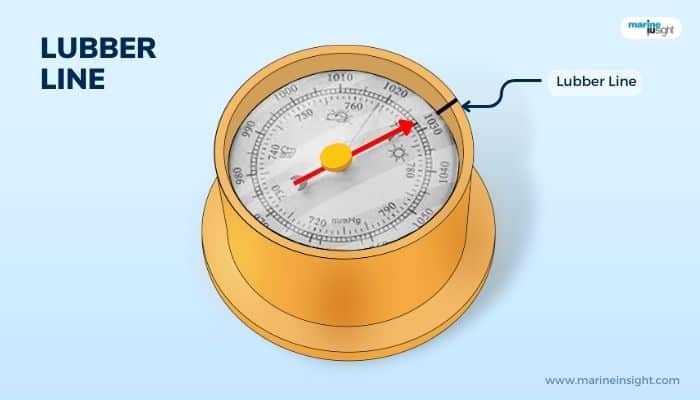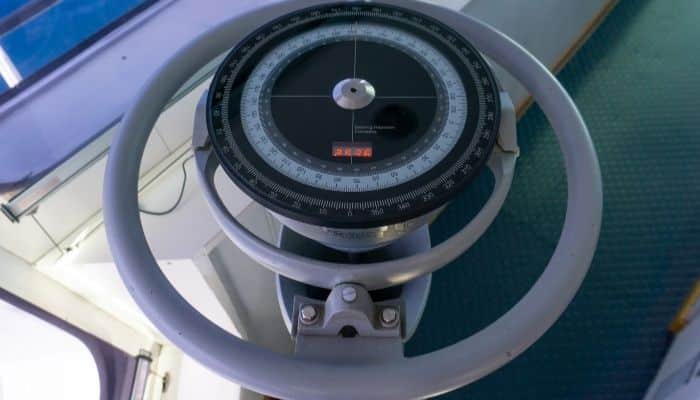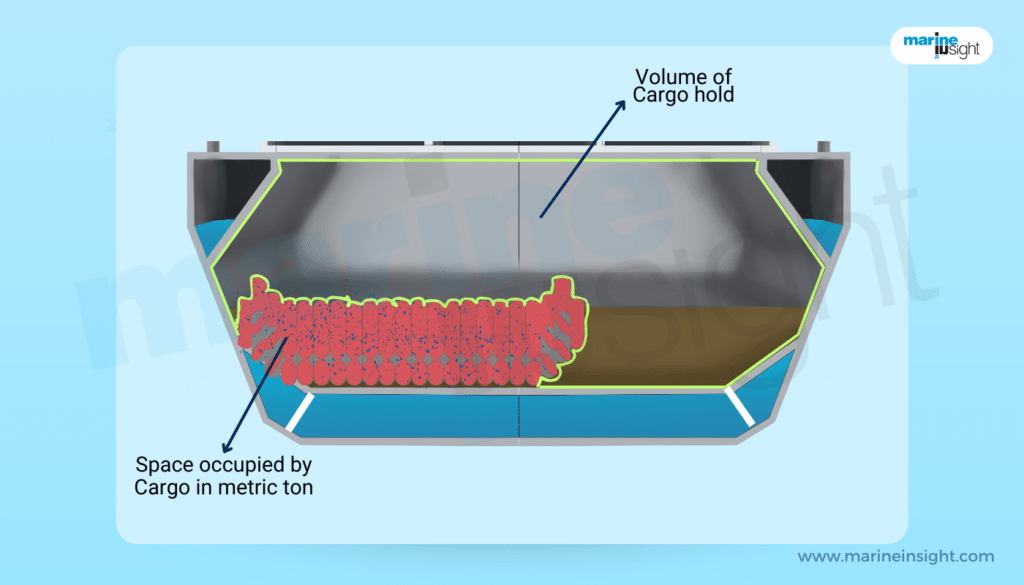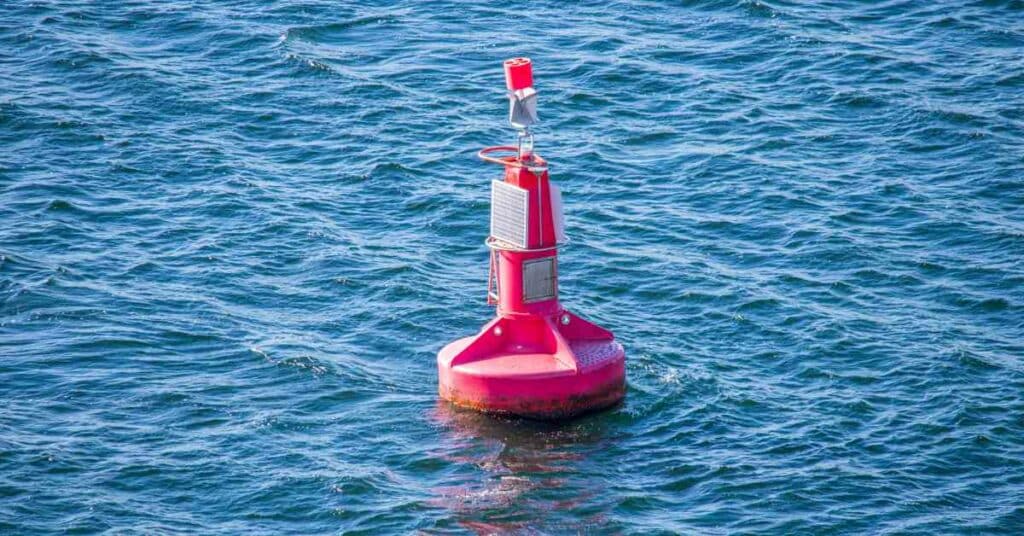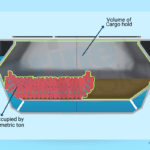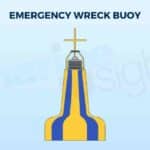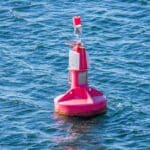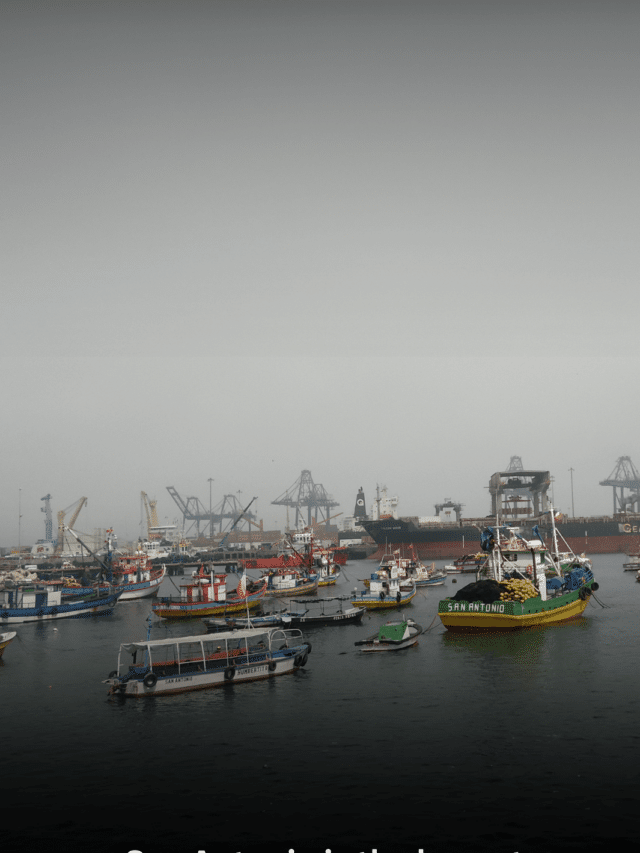What are Lubber Lines?
For ages, the magnetic compass has been considered the most essential device or instrument for navigation in the vast stretches of the seas.
In today’s time, advanced mechanisms like GPS or digitised systems using high-end satellite data help in navigation and keep the vessel communicable from literally everywhere. The compass is still present in almost all vessels as a standby and still upholds its importance.
Now, reiterating the simple aspects, the magnet or associated devices as the magnetometer works on the basic principle of geomagnetism, showing the directions based on the earth’s inherent magnetic field.
Thus, when the compass needle points somewhat towards the north, your vessel is headed towards the northern direction.
Now, while analysing compasses, some form of reference is crucial in determining the direction with respect to the vessel’s heading. For this reason, the use of lubber lines comes into the picture.
Lubber lines are calibrated marks inside the dial or the binnacle of a compass that shows the direction of the vessel’s centreline, that is, the foe-aft orientation of the vessel. They appear as a thin line or a mark or a strip aligned with the vessel’s direction of heading.
Now for all practical purposes, as the compass or any other form of navigation instrument is located towards the front side of the vessel on the bridge, the lubber line is mostly straight when viewed on the device.
Lubber lines essentially act as a reference for navigation and give the resultant angle of the vessel’s course of heading and any given direction.
For example, in a compass, when the lubber line makes an angle of about 45 degrees concerning the North direction, the vessel is headed in a direction about 45 degrees offset from the north. The lubber line also alludes to the line of 0 degrees with the vessel’s heading.
There may also be other additional lubber lines at intervals of 45 degrees from the main one in many cases. In modern devices like GPS or radar navigation charts, the lubber line is often displayed digitally on the console or screen.
The term is derived from the nautical term lubber meaning a sailor.
You might also like to read-
- How Ships Fight Corrosion at Sea?
- What is An Emergency Position Indicating Radio Beacon (EPIRB)?
- What is Man Overboard Situation on Ship – Different Ways to Tackle it
- An Introduction to Fluxgate Compass
- Gyro Compass on Ships: Construction, Working, and Usage
Disclaimer: The authors’ views expressed in this article do not necessarily reflect the views of Marine Insight. Data and charts, if used in the article, have been sourced from available information and have not been authenticated by any statutory authority. The author and Marine Insight do not claim it to be accurate nor accept any responsibility for the same. The views constitute only the opinions and do not constitute any guidelines or recommendations on any course of action to be followed by the reader.
The article or images cannot be reproduced, copied, shared, or used in any form without the permission of the author and Marine Insight.
Do you have info to share with us ? Suggest a correction
Latest Marine Navigation Articles You Would Like:
Subscribe To Our Newsletters
By subscribing, you agree to our Privacy Policy and may receive occasional deal communications; you can unsubscribe anytime.
Web Stories

About Author
Subhodeep is a Naval Architecture and Ocean Engineering graduate. Interested in the intricacies of marine structures and goal-based design aspects, he is dedicated to sharing and propagation of common technical knowledge within this sector, which, at this very moment, requires a turnabout to flourish back to its old glory.



